
iuniti sévenín dâ bâguínin, dâ lend uós dérs
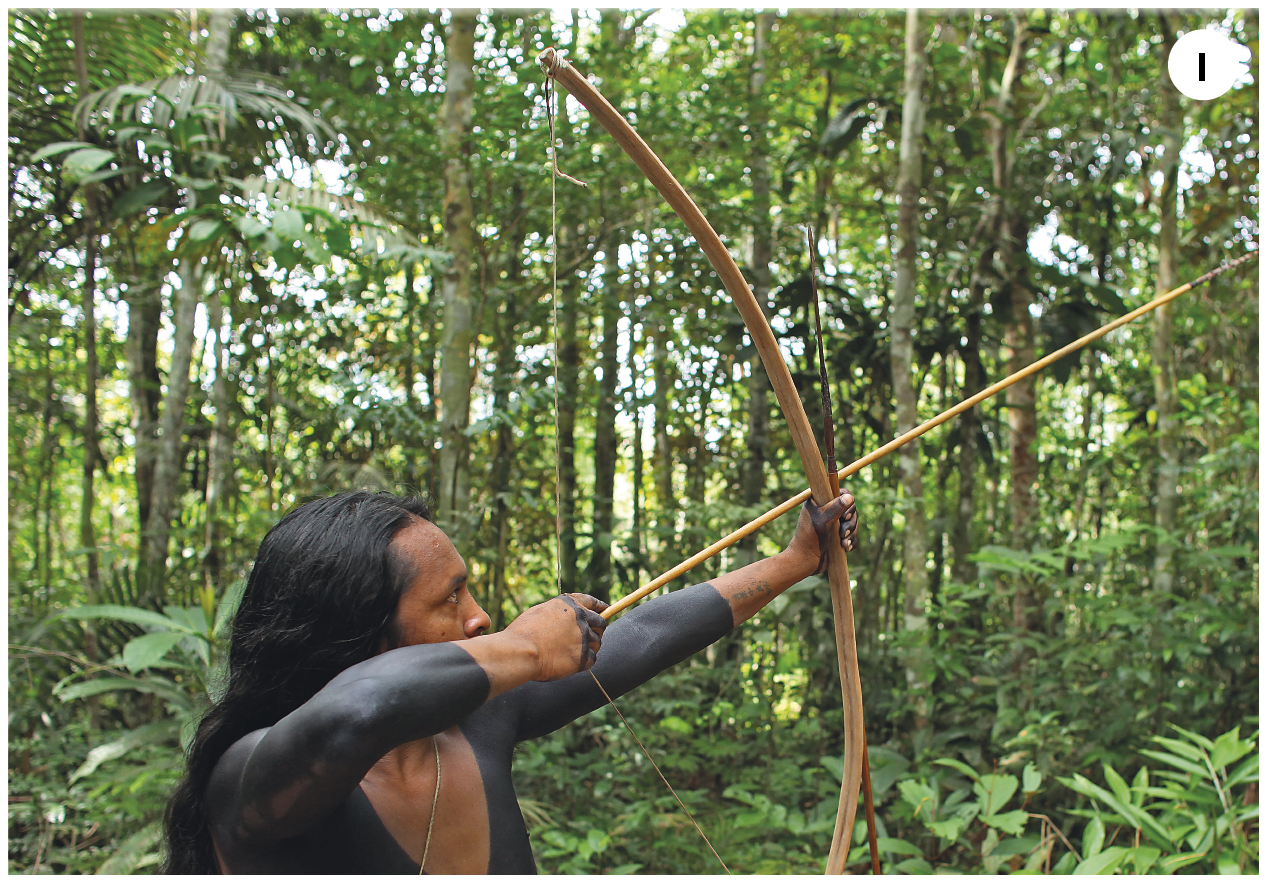
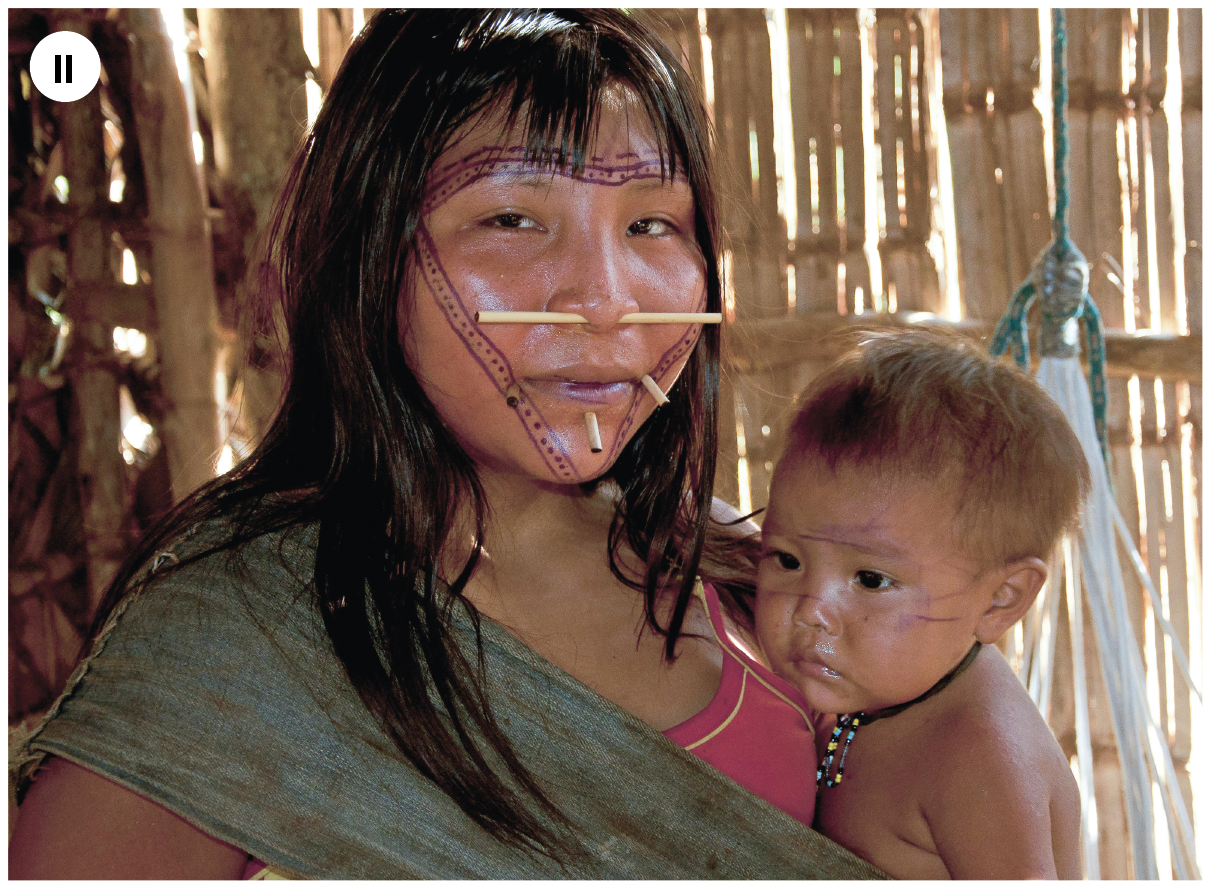
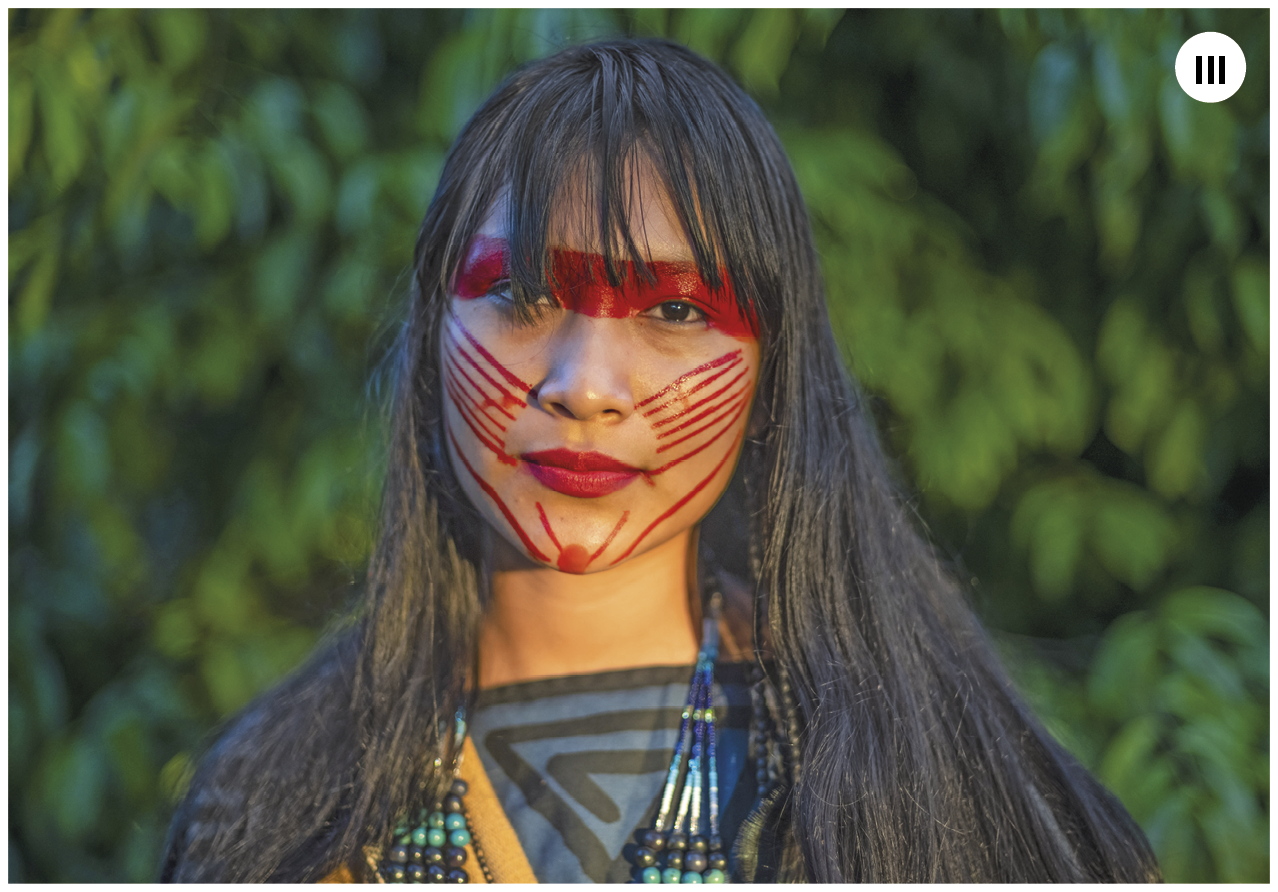
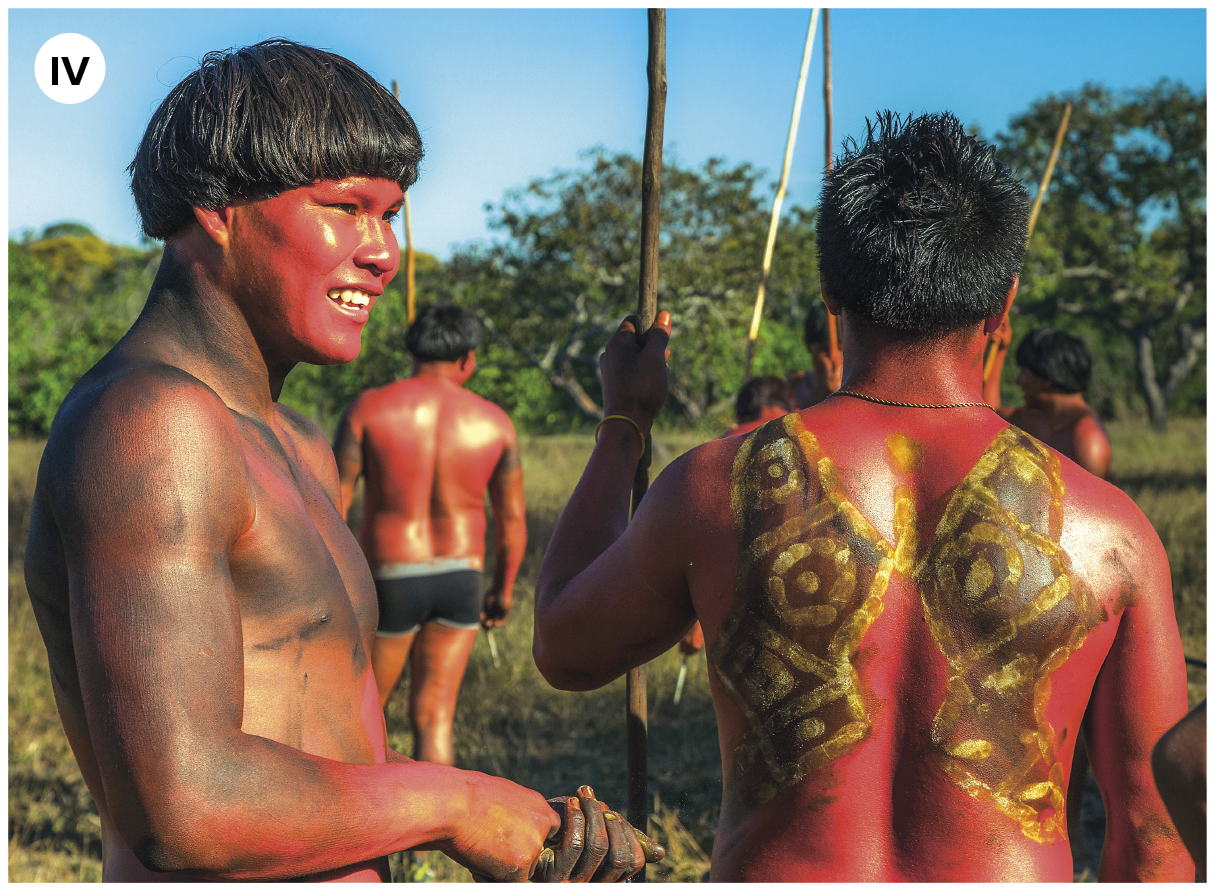
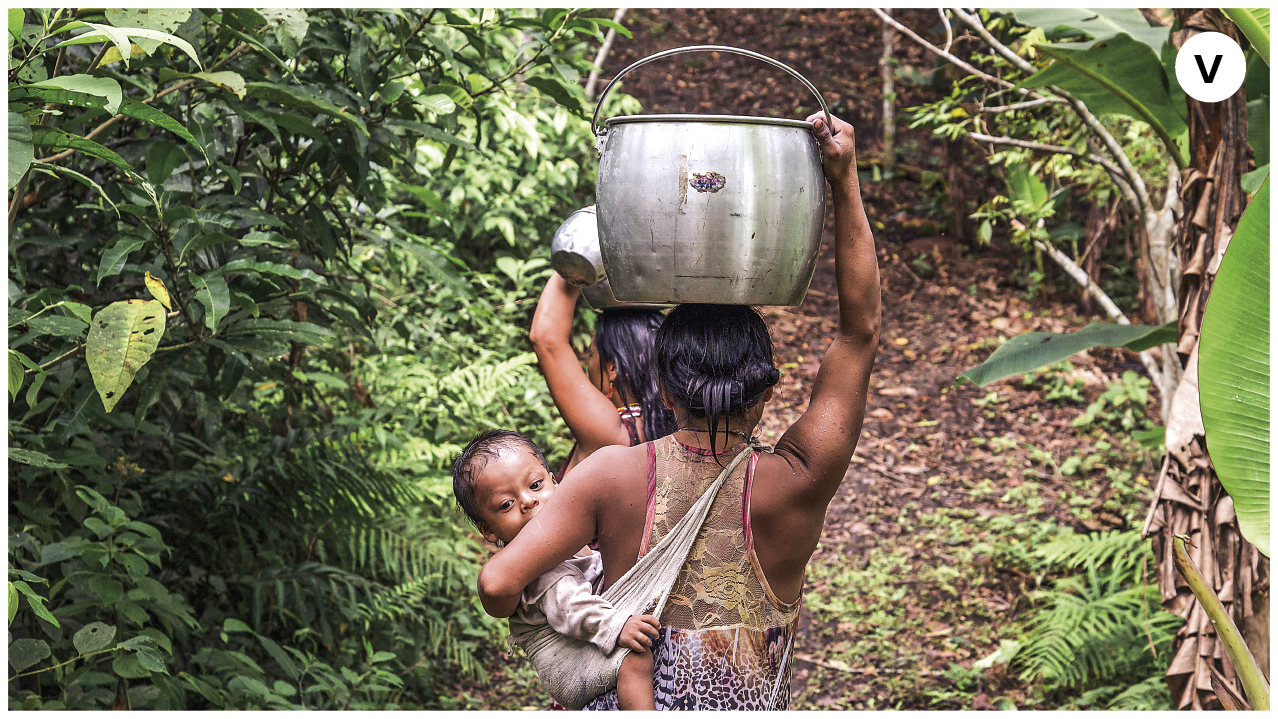
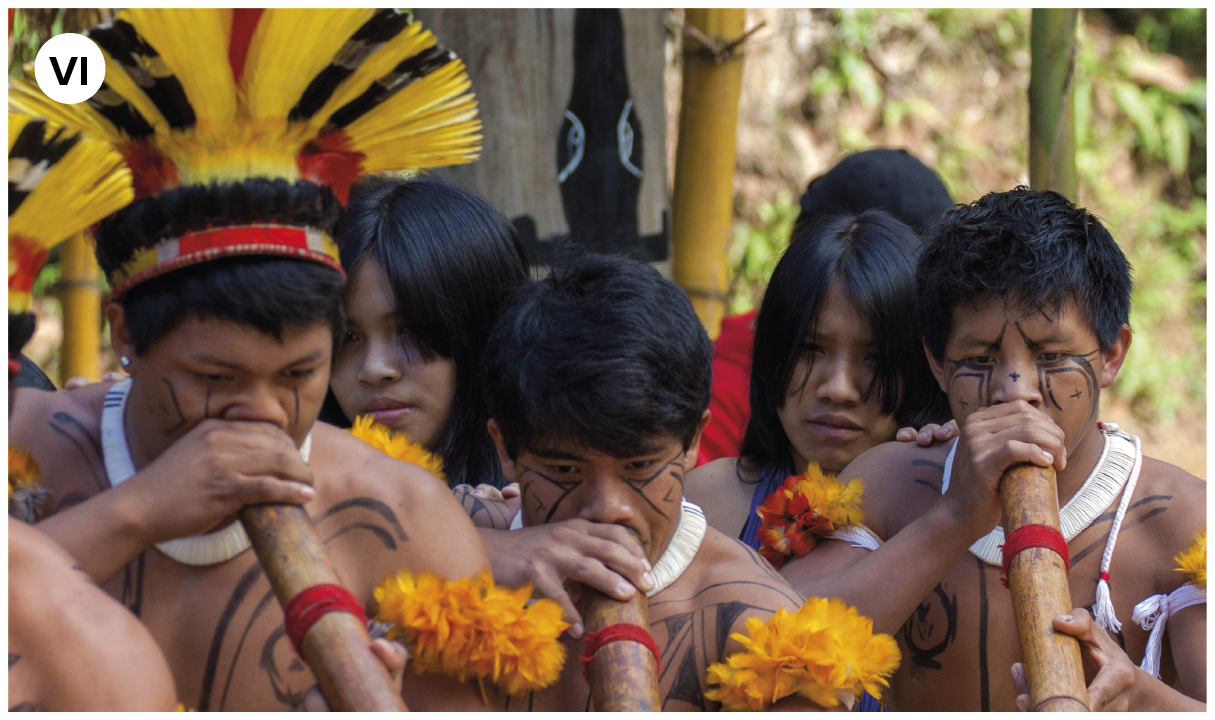
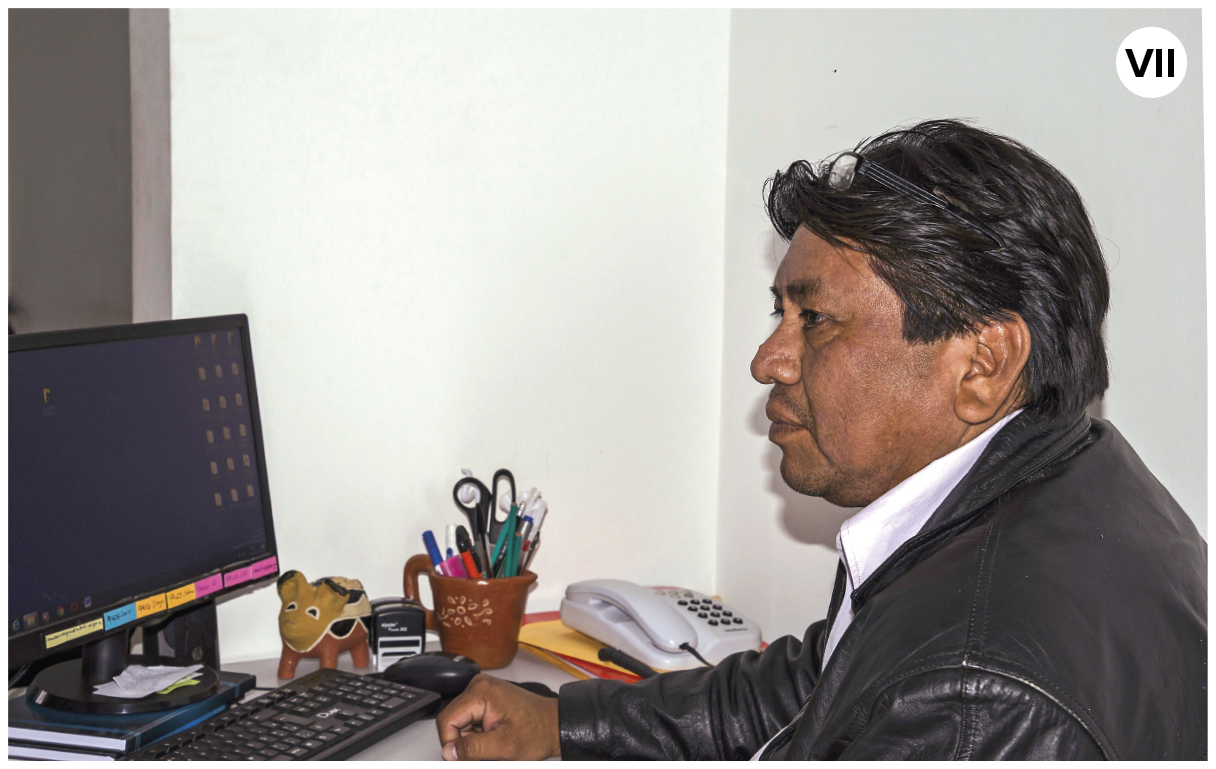
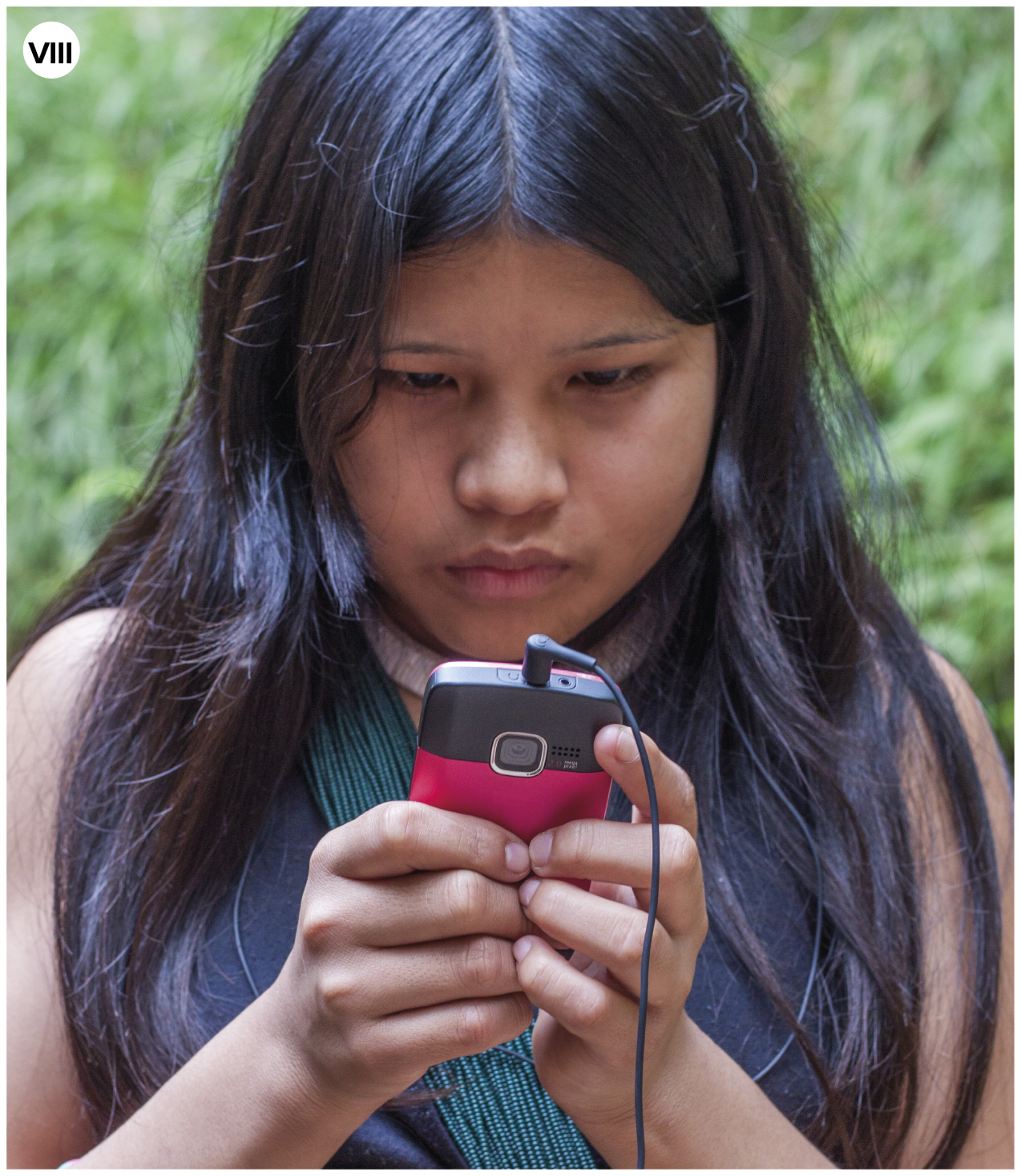
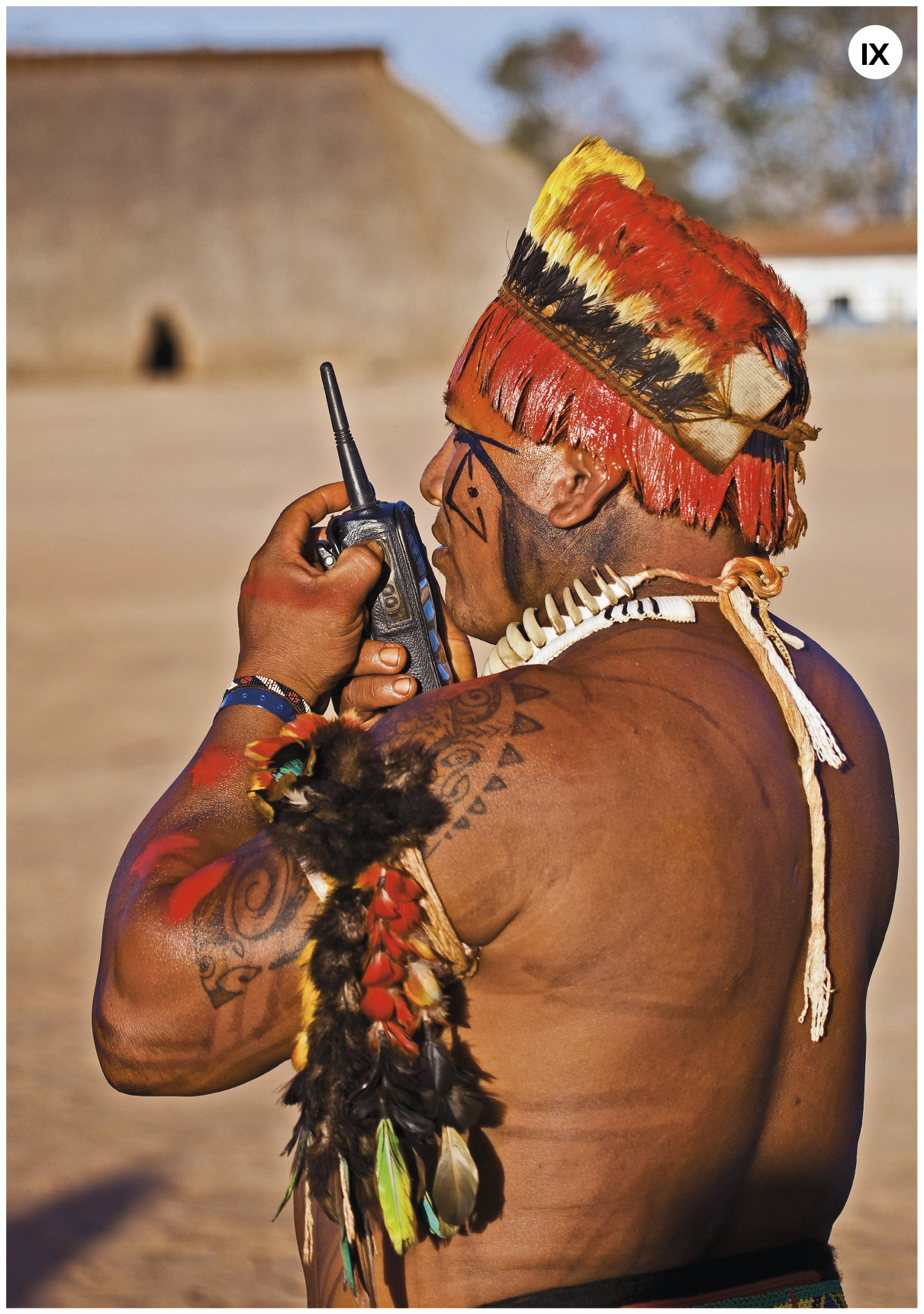
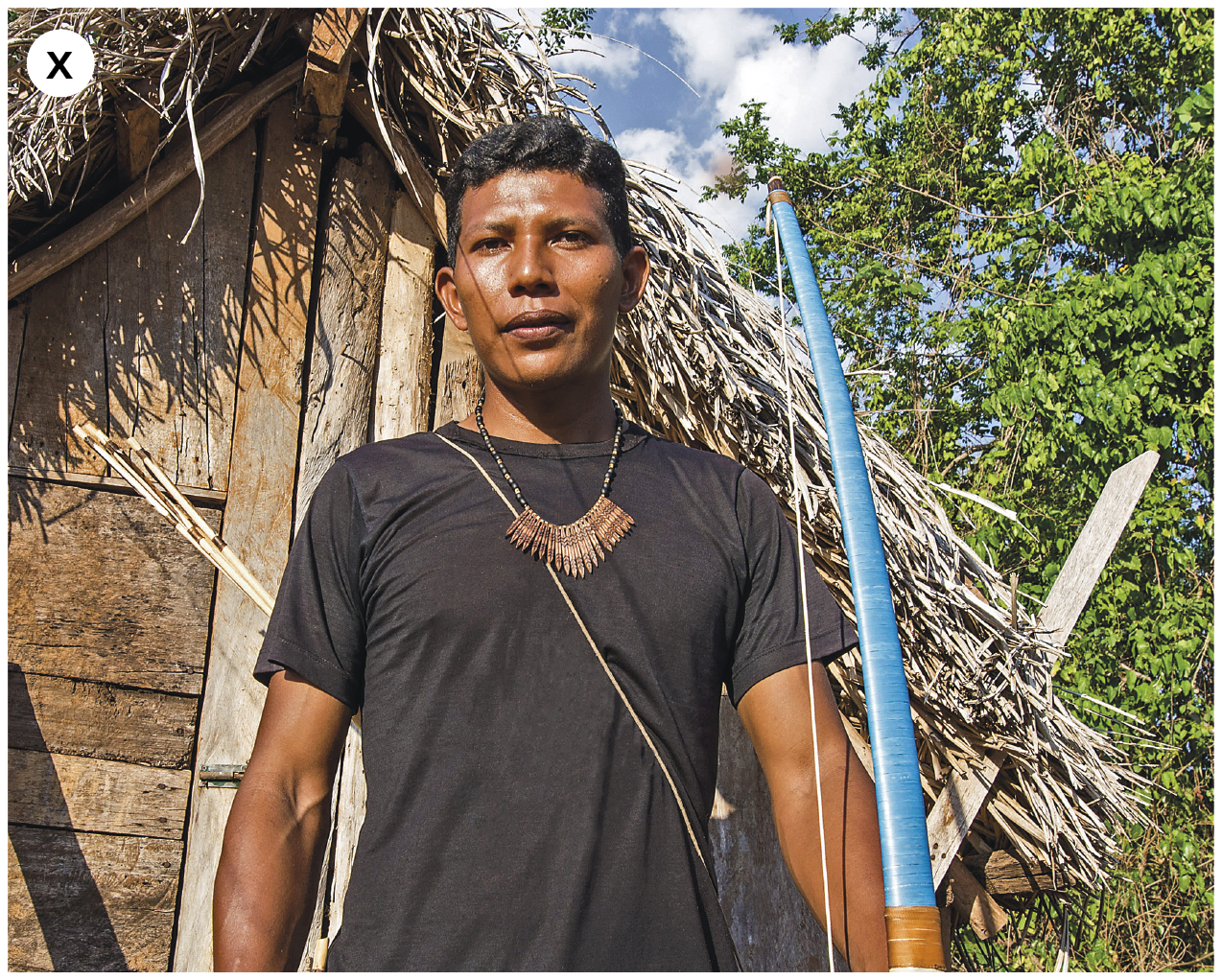
Gêneros discursivos: science news article, pop-science article, depoimento e resumo.
Tema: questões ligadas aos direitos dos povos originários.
Os objetivos desta unidade são:
- familiarizar-se com os gêneros discursivos saienci nius articol, popi-saienci articol, depoimento e resumo;
- refletir sobre a necessidade urgente de promover e respeitar os direitos dos povos originários.
taimi tchu finqui
Faça no caderno as questões de resposta escrita.


II.

ethnicity
NOUN
[mass noun]
The fact or state of belonging to a social group that has a common national or cultural tradition.
ETHNICITY. In: DICIONÁRIO Lexico. Disponível em: https://oeds.link/7ivm1A. Acesso em: 2 maio 2022.
d.
Did you know?
• O mural Etnicidades, criado pelo artista brasileiro internacionalmente famoso Eduardo Kobra para as Olimpíadas do Rio em 2016, é um dos maiores grafites do mundo. Ele mede cêrca de 3.000 métros quadrados e foi feito no bulevár Olímpico, local revitalizado para as Olimpíadas na área do porto do Rio de Janeiro.

Did you know?
• O português é a língua oficial do Brasil, mas a variedade do português que falamos inclui milhares de palavras que vêm de línguas de povos originários e africanos.

3.
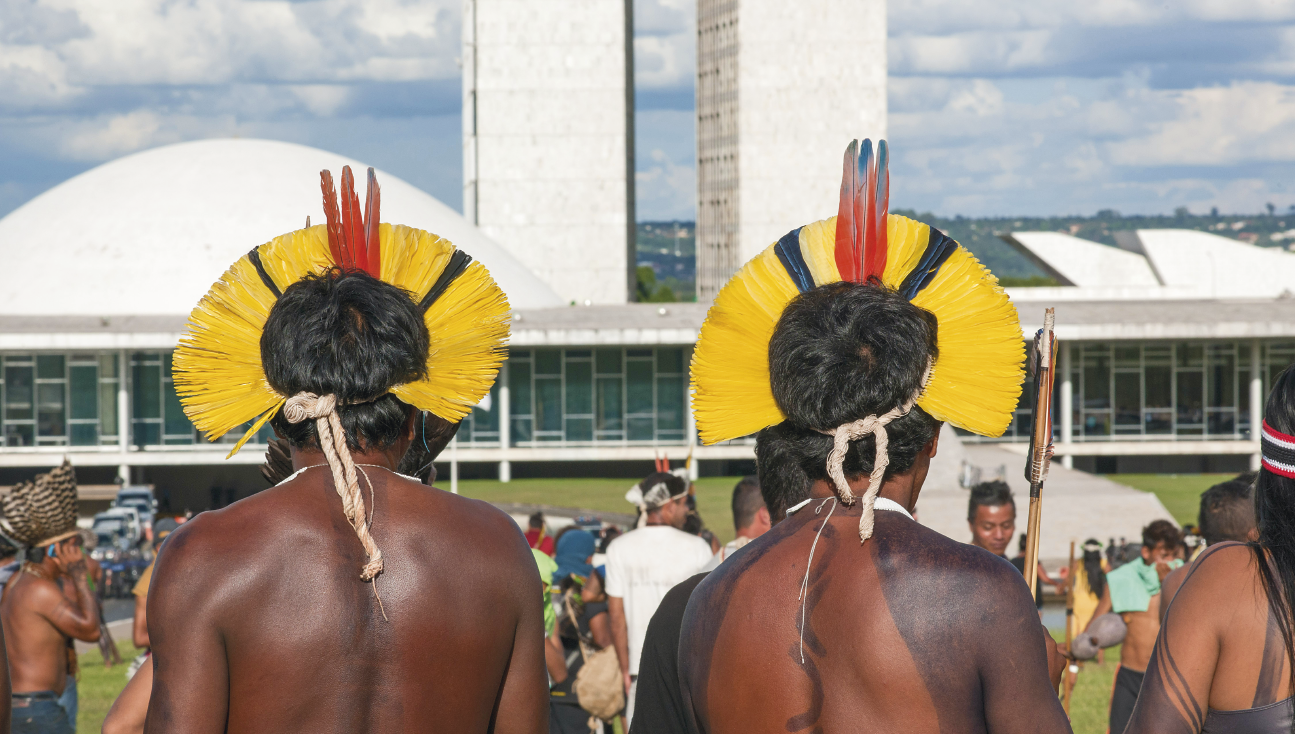
rídin
Faça no caderno as questões de resposta escrita.
tesqui uon
bifór rídin

1.
As of 2007, FUNAI reported 67 uncontacted tribes like the Kawahira in the country, 27 of which were discovered between 2005 and 2007.
FERRO, S. Rare New Video Captures Isolated Amazon Tribe. Popular Science, [sem local], agosto 2013.



3.
ríd tchu lârn

Eyes on grammar – EXAMPLES 1
Rare New Video Captures Isolated Amazon Tribe
A quick glimpse of the Kawahira people
By Shaunacy Ferro | August 14, 2013
By Brazilian law, no one but a select few government workers is allowed to trespass on the land of the Kawahira, a tiny community of nomads that lives in the Amazon. They’re one of the country’s uncontacted peoples, indigenous groups that live in isolation from the rest of the modern world, which makes a quick video of nine members of the tribe making their way through the jungle a major find. Up until now, the tribe’s existence has largely been determined by the discovery of abandoned habitations and tools, according to TreeHugger.
The footage was shot by an employee of the Brazilian National Indian Foundation (FUNAI), the governmental body charged with preserving the lands and rights of the country’s indigenous peoples, a significant portion of whom live in isolation. FUNAI employees are allowed into Kawahira territory in order to ensure outsiders aren’t sneaking in and jeopardizing the tribe’s right to self-determination.
As of 2007, FUNAI reported 67 uncontacted tribes like the Kawahira in the country, 27 of which were discovered between 2005 and 2007. Brazil, home to 60 percent of the 2.7 million square mile Amazon rainforest, has more uncontacted peoples than any other country in the world.
There’s some very creepy zooming-in on the children of the group, but all in all it’s a very cool, very rare look, although it’s hard to see much beyond flashes of skin between the trees.
FERRO, S. Rare New Video Captures Isolated Amazon Tribe. Popular Science, [sem local], agosto 2013.
constrãquitchion minins


2.
Versão adaptada acessível
Atividade 2.
Choose the options that could replace the words "trespass on", "charged with" and "jeopardizing" without changing the meaning of the sentences.

-
- bifór rídin.

- ópchiãn ór ópchiãns
-

- tíéf
- .
tésqui tchu
Before reading

-
- etcétera
A scientific journal
A popular science journal
e.

2.
ríd tchu lârn

Eyes on grammar – EXAMPLE 3
Protecting isolated tribes
There are about 50 isolated indigenous societies across lowland South America, with limited to no contact with the outside world. Despite displacements, epidemics and hostile interactions with outsiders, such tribes still manage to survive. How can we ensure the well-being of humanity’s last known isolated peoples under such enormous and mounting pressure from external threats?
Generally, the current policy ofgovernments, primarily those of Braziland Peru, and supported by the United Nations, is a “leave them alone” strategy. There are two implicit assumptions in a no-contact approach, however: that isolated populations are viable in the long term, and that they would choose isolation if they had full information (i.e., if they were aware that contact would not lead to massacre and enslavement). The first assumption is unlikely.
Ethnohistorical accounts reveal the real risk of severe depopulation or extinction during intermittent hostile and sporadic interaction with the outside world. Miners, loggers and hunters penetrate into the homelands of isolated tribes despite government “protection”. Unless protection efforts against external threats and accidental encounters are drastically increased, the chances that these tribes will survive are slim. Disease epidemics, compounded by demographic variability and inbreeding effects, makes the disappearance of small, isolated groups very probable in the near future. The second assumption is also unlikely. Interviews indicate that contacted groups had mainly chosen isolation out of fear of being killed or enslaved, but they also wanted outside goods and innovations and positive social interactions with neighbors. […]
Robert S. Walker is an assistant professor in the Department of Anthropology at the University of Missouri, Columbia, MO.
Kim R. Hill is a professor in the School of Human Evolution and Social Change at Arizona State University, Tempe, AZ.
WALKER, R. S.; HILL, K. R. Protecting isolated tribes. Science, [sem local], volume348,número 6 239, página 1 061, junho2015.
constrãquitchion minins


- .

Task 3
Before reading

Article 21
1. Indigenous peoples have the right, without discrimination, to the improvement of their economic and social conditions, including, inter alia, in the areas of education, employment, vocational training and retraining, housing, sanitation, health and social security.
2. States shall take effective measures and, where appropriate, special measures to ensure continuing improvement of their economic and social conditions. Particular attention shall be paid to the rights and special needs of indigenous elders, women, youth, children and persons with disabilities.
UNITED Nations. United Nations Declaration on the Rights of Indigenous Peoples. New York: UN, 2007.
ríd tchu lârn

Eyes on grammar – EXAMPLES 1, 2 and 3
Controlled contact with isolated peoples is a better option than a no-contact policy. This means that governments should initiate contact only after conceiving a well-organized plan. In the past, there have been many poorly planned contacts with isolated Amazonian tribes by both missionaries and government agencies. The absence of health care professionals and health monitoring led to many deaths of these vulnerable peoples. One of us (K.R.H.) was on site within weeks of the first peaceful contacts with Aché, Yora, Mascho-Piro and Matsiguenga communities in Paraguay and Peru when they were extremely isolated and suffering from new contact-related epidemics (from the late 1970s to mid-1980s), even though intermittent contact (mostly accidental) had occurred for 25 years. The most important lesson learned from these experiences is that mortality can be reduced to near zero if the contact team is prepared to provide sustained, around-the-clock medical treatment, as well as food. A well-designed contact can be quite safe, compared to the disastrous outcomes from accidental contacts. But safe contact requires a qualified team of cultural translators and health care professionals that is committed to staying on site for more than a year. For example, foreign missionaries provided great care for the Yora for up to 6 months, but when they decided to take a furlough, dozens of Yora died within a few weeks. Similarly, in 1975, missionaries provided care to an Aché community for a year, but when they took a vacation, many Aché died. Fortunately, there have been some success stories such as a 1978 contact with a band of Northern Aché. Missionaries and anthropologists treated them with antibiotics when primary respiratory infections progressed to pneumonia. They also provided food to the sick.
Given that isolated populations are not viable in the long term, well-organized contacts are today both humane and ethical. We know that soon after peaceful contact with the outside world, surviving indigenous populations rebound quickly from population crashes, with growth rates over 3% per year. Once a sustained peaceful contact occurs, it becomes much easier to protect native rights than it otherwise would be for isolated populations. Leaving groups isolated, yet still exposed to dangerous and uncontrolled interactions with the outside world, is a violation of governmental responsibility. By refusing authorized, well-planned contacts, governments are simply guaranteeing that accidental and disastrous contacts will take place instead.
Robert S. Walker and Kim R. Hill
WALKER, R. S.; HILL, K. R. Protecting isolated tribes. Science, [sem local] volume 348, número 6 239, página 1 061, junho 2015.
constrãquitchion minins



- ênd
Think a little more

- .
- Considerando o texto das tésks e , vocês acham que essas aldeias sem contato querem continuar vivendo em isolamento ou querem entrar em contato com o mundo exterior? Por quê?
- Releiam o Artigo 21 da Declaração Universal dos Direitos dos Povos Indígenas na questão 1c de bifór rídin, tésk thri (rídin). Como esses direitos podem ser garantidos sem desrespeitar o direito ao isolamento por parte de alguns povos indígenas? Justifiquem.
- Vocês concordam com o texto nas tésks e (rídin) sobre a necessidade de contato controlado com alguns povos originários isolados? Por quê?
- Vocês acreditam que existem interesses econômicos envolvidos em contatos desorganizados com as aldeias isoladas? Por quê?
- O que mais impressionou vocês nos textos das tésks, e (rídin)? E o que menos impressionou? Justifiquem.
f. Na opinião de vocês, o que podemos fazer para chamar a atenção dos brasileiros quanto às necessidades dos povos originários? Compartilhem suas ideias com os colegas.
lissenin
Faça no caderno as questões de resposta escrita.
bifór listenin

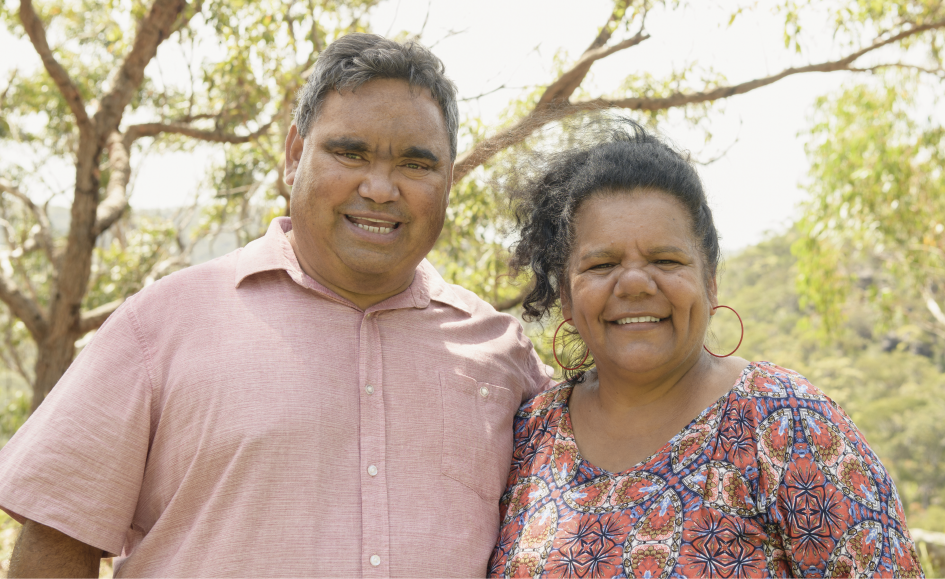
II.
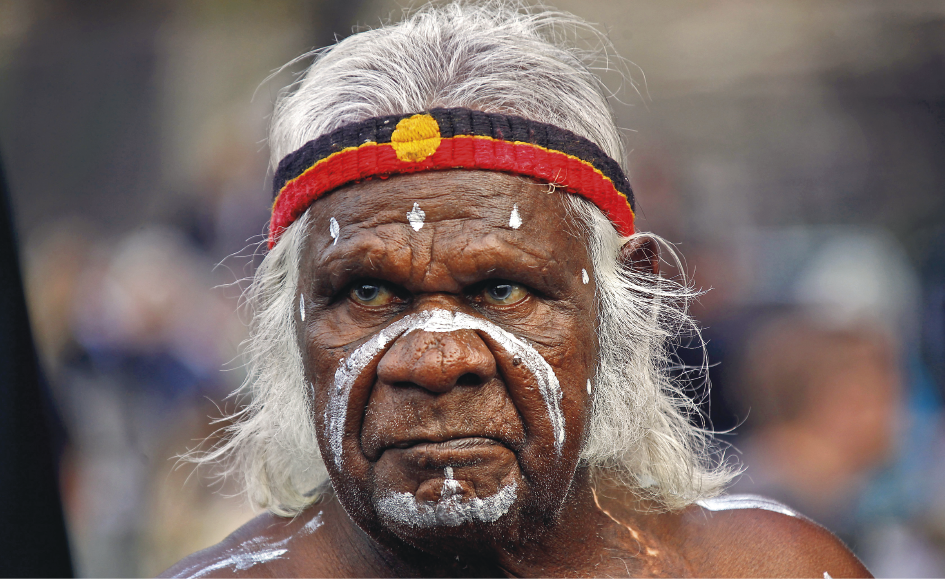
- líssen tchu lârn
Listen to learn


Eyes on grammar – EXAMPLE 2
Testimony – Parts um, dois and três
Title: Where is your grandmother?
Date: 2011
Source: National Museum of Australia
WHERE is your grandmother? From Little Things Big Things Grow. National Museum of Australia, 2011.
Clique no play e acompanhe a reprodução do Áudio.
Clique no play e acompanhe a reprodução do Áudio.
Clique no play e acompanhe a reprodução do Áudio.
Constructing meanings


-
-
- .
- gâringái.
- .
-


- ai
-
- .
- tíéf.
-


-
-
- pêni.
- .
- .
-
- .
-


- três


5. umdoisêndtrêsráitin
Think a little more

-
- Vocês concordam com a fórma como a avó do áudio que ouviram lida com a discriminação? Por quê?
- O que vocês fariam se fossem discriminados da mesma maneira?
- Algum dos seus amigos próximos ou de seus familiares já sofreu discriminação? Como eles a enfrentaram? Se não, encontrem alguém que tenha enfrentado algum tipo de discriminação e ouçam sua história.
- Quais fórmas de discriminação vocês já observaram no Brasil? E o que tem sido feito para promover mais empatia em nossa sociedade?
- O que vocês fazem para combater a discriminação e apoiar aqueles que sofrem com ela?
lenguagi in équitchon
Faça no caderno as questões de resposta escrita.

1. taimi tchu finquiêndênd
“The fact or state of belonging to a social group that has a common national or cultural tradition.” (página 138)
“The footage was shot by an employee of the Brazilian National Indian Foundation (FUNAI), the governmental body charged with preserving the lands and rights of the country’s indigenous peoples, a significant portion of whom live in isolation.” (página 140)
“Interviews indicate that contacted groups had mainly chosen isolation out of fear of being killed or enslaved, but they also wanted outside goods and innovations and positive social interactions with neighbors.” (página 143)
“By refusing authorized, well-planned contacts, governments are simply guaranteeing that accidental and disastrous contacts will take place instead.” (página 145)
-
- .
- préposíchiâns.
- .
- .
Versão adaptada acessível
Atividade 1, itens a e b.
- What do all the words "belonging", "preserving", "being" and "refusing" have in common?
- The words "of" (in "state of belonging"), "with" (in "charged with preserving"), "of" (in "fear of being") and "by" (in "By refusing") are
- conjunctions.
- prepositions.
- pronouns.
- verbs.

2.

Indigenous peoples are crucial for conservation – a quarter of all land is in their hands
Published: July 17, 2018 9.05pm BST
An incredible 40% of lands listed by national governments around the world as being managed for conservation are Indigenous lands. Some of this has official recognition. For instance, Australia would never meet its promises under the Convention on Biological Diversity if its Indigenous peoples had not been prepared to allocate more than 27 million hectares of their land to conservation.
Yet there is danger in making assumptions about the aspirations of Indigenous peoples for managing their lands. Without proper consultation, conservation projects based on Indigenous stewardship may be unsuccessful at best and risk perpetuating colonial legacies at worst.
INDIGENOUS peoples are crucial for conservation – a quarter of all land is in their hands. The Conversation, [sem local] 17 julho 2018. Disponível em: https://oeds.link/kFD5CF. Acesso em: 2 maio 2022.

- ófênd
- “óf (página 143)
- fíãróf (página 143)
- óf (página 145)
- óf.” (página 145)

“They’re one of the country’s uncontacted peoples, indigenous groups that live in isolation from the rest of the modern world (página 140)
b.
“The most important lesson learned from these experiences is that mortality can be reduced to near zero if the contact team is prepared to provide sustained, around-the-clock medical treatment, as well as food.” (página 145)
c.
my mum comes from the northern suburbs of Sydney and she’s from the Guringai people (página 147; Testimony - Part um )
- Órigin.
- .
- .

“Controlled contact with isolated peoples is a better option than a no-contact policy.”
b.
“The absence of health care professionals and health monitoring led to many deaths of these vulnerable peoples.”
c.
“Similarly, in 1975, missionaries provided care to an Aché community for a year, but when they took a vacation, many Aché died.”
d.
“Once a sustained peaceful contact occurs, it becomes much easier to protect native rights

“Brazil (um) espaço para resposta (turn) 500 [years old] in 2000 and still [today] (dois) espaço para resposta (ignore) the immense diversity of the Indigenous peoples living in its territory.”
b.
“Today they espaço para resposta (be) 256 peoples, speaking more than 150 different languages and adding up to 896.917 individuals (í bê gê É, 2010).”
c.
we (um) espaço para resposta (say) that they (dois) espaço para resposta (be) ‘original’ or ‘native’ because they (três) espaço para resposta (be) here before the European occupation
d.
“This name (um) espaço para resposta (be) the result of a historical mistake (dois) espaço para resposta (make) by the first Europeans who (três) espaço para resposta (arrive) in America, who (quatro) espaço para resposta (think) they had reached India.”
WHO are they? Povos indígenas no Brasil. Disponível em:https://oeds.link/jXTtBU. Acesso em: 2 maio 2022.
ráitin
Faça no caderno as questões de resposta escrita.
Hit the road
You are going to write a summary based on the testimony “Where is your grandmother?”, that you heard in Listening. Remember you have already taken notes about its most important information in question 5 of the same section.
1.
For the written production
What is the discursive genre? Summary.
What is the theme? The testimony “Where is your grandmother?”
What is the objective? To sum up relevant information about the audio in Listening in order to promote self-study of the theme.
At whom is it aimed? Yourself and your classmates.
How and where is it going to be published? On the classroom board.
Who is going to participate? All students in the class, individually.
Toolbox
1. tésk uan (rídin)
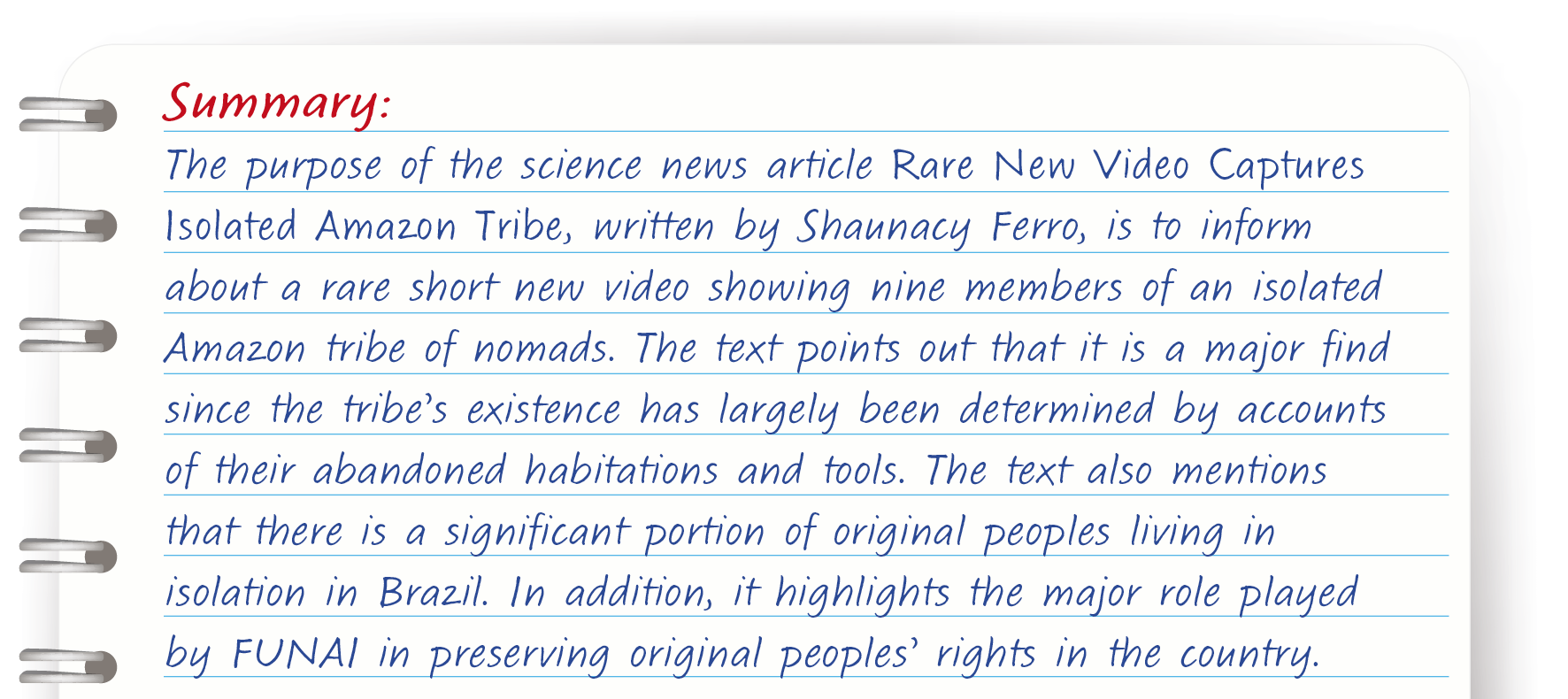

-
- .


3.
Clique no play e acompanhe a reprodução do Áudio.
Clique no play e acompanhe a reprodução do Áudio.
Clique no play e acompanhe a reprodução do Áudio.
- umdoistrêslissenin
- etcétera
f.
Step back


2.
piti istopi
Faça no caderno as questões de resposta escrita.

-
- .
- .

a.

b.


c.

d.
thinkirôver
Faça no caderno as questões de resposta escrita.

-
- Do que você mais gostou na unidade?
- O que você aprendeu sobre povos originários?
- O que você aprendeu sobre sains níus árticols e ? E sobre depoimentos e resumos? Você achou fácil compreender esses gêneros?
- Foi difícil escrever um resumo?
áison grémer
Leia os exemplos extraídos dos textos desta unidade, bem como as palavras e expressões destacadas. Preste atenção às observações que seguem.
Versão adaptada acessível
Eyes on Grammar.
Leia os exemplos extraídos dos textos desta unidade. Preste atenção às palavras e expressões que serão explicadas pelas observações que as seguem.
egzâmpol uan
Versão adaptada acessível
Example 1 – of
the governmental body charged with preserving the lands and rights of the country’s indigenous peoples
27 of which were discovered between 2005 and 2007.”
(página 140)
“But safe contact requires a qualified team of cultural translators
Fortunately, there have been some success stories such as a 1978 contact with a band of Northern Aché.”
abre parênteses página 145)
|
to indicate belonging / indicar pertencimento |
“[…] the governmental body charged with preserving the lands and rights of the country’s indigenous peoples […].” |
|
to indicate a part of something / indicar parte de algo |
“[…] 27 of which were discovered between 2005 and 2007.” |
|
to identify an individual or a member of a group / identificar um indivíduo ou membro de um grupo |
“But safe contact requires a qualified team of cultural translators […].” |
|
to indicate origin / indicar origem |
“Fortunately, there have been some success stories such as a 1978 contact with a band of Northern Aché.” |
• Preposições podem ter diferentes significados de acordo com o contexto.
egzâmpol tchu
Versão adaptada acessível
Example 2 – from
“They’re one of the country’s uncontacted peoples, indigenous groups that live in isolation from the rest of the modern world
(página 140)
“The most important lesson learned from these experiences is that mortality can be reduced
abre parênteses página 145)
and she’s from the Guringai people, the Guringai language group and the Gai-marigal clans.”
(página 147; Testimony - Part um)
|
to show separation / indicar separação |
“They’re one of the country’s uncontacted peoples, indigenous groups that live in isolation from the rest of the modern world.” |
|
to show a source of knowledge / indicar uma fonte de conhecimento |
“The most important lesson learned from these experiences is that mortality can be reduced […].” |
|
to show origin / indicar origem |
“[…] and she’s from the Guringai people, |
• Preposições podem ter diferentes significados de acordo com o contexto.
Versão adaptada acessível
Example 3 – preposition + gerund
contacted groups had mainly chosen isolation out of fear of being killed or enslaved
(página 143)
governments should initiate contact only after conceiving a well-organized plan.
By refusing authorized, well-planned contacts
(página 145)
|
preposition + verb + -ing / preposição + verbo + -ing |
|---|
|
“[…] governments should initiate contact only after conceiving a well-organized plan.” |
• Verbos usados após preposições, como áfter e bái, devem estar no gerúndio.